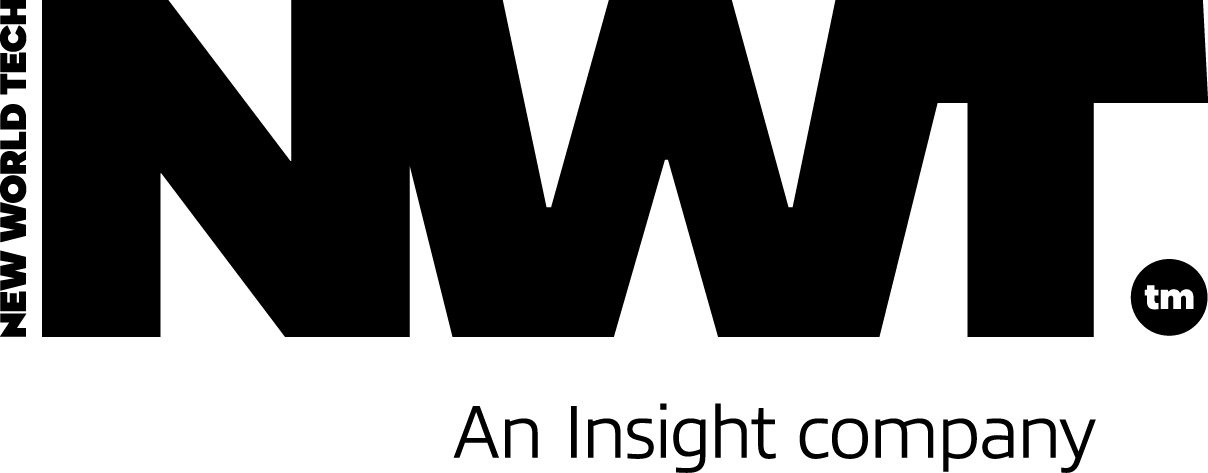5 Failsafe Tips for Creating a cloud migration project plan


Most organisations today place a high value on cloud migration. Various factors, such as increased scalability, IT effectiveness, better client experiences, and quicker implementation, may be driving the transition. Nevertheless, moving infrastructure to the cloud is a rather difficult operation, regardless of how simple your ecosystem is or how little is being moved. Hence the need for an in-depth cloud migration project plan. Often, migrations end up being unsuccessful, costing more money than anticipated, lasting longer than predicted, or both. Which intensified the need to an appropriate cloud migration project plan.
Step 1: Define and document the motivations for migration.
As part of the cloud migration project plan it’s important to outline the need to modernise, by defining the business goals and the motivations. As an organisation ask yourselves some key questions.
- How might a move to the cloud impact our current procedures?
- Will it result in better performance and end-user satisfaction?
- Do we anticipate new benefits from a move to the cloud?
- Can we use real-time data analytics from cloud migration with our current infrastructure?
- Which procedures or software will gain the most from a move to the cloud?
- What are the dangers and difficulties of moving to the cloud?
Answering these questions will lay the groundwork to understanding the key motivators, benefits and detractors associated with a move to the cloud. Finally consider the effects a cloud migration will have on your security protocols, data governance and business continuity planning.
Step 2: Analyse the current system landscape and assess your capabilities to carry out a migration.
In order to reach the migration goals there must be a clear definition of the starting point and the end. Keeping this in mind, it’s crucial to evaluate your current infrastructure and capabilities as part of developing a successful project strategy for cloud migration.
An assessment will examine not only the technology your company utilises but also how it is used by your company. This will give both technical and non-technical teams a clearer understanding of present business operations and give them insights into how to smoothly implement new systems and procedures.
It is advised to utilise IT practitioners to offer direction and supervision if your company lacks a fully functional internal staff to manage a cloud migration. IT project managers, business analysts, software cloud architects, experts in infrastructure or applications, and cybersecurity experts are just a few of the specialists that make up an IT consultancy. These specialists’ teams will take care of testing, planning, migration, and support.
Step 3; Identify existing conditions and record performance standards for comparisons.
You must first determine what needs to be moved before attempting to move it. The entire infrastructure, environment, hardware, servers, database, and software must be inventoried. Instead of being a straightforward list of resources, this inventory should be a dependency diagram with all the pieces’ connections disclosed and integrations explained.
Pay close attention to applications. Some of these might not be appropriate for the cloud. Others heavily rely on other services to gather data or respond to requests. Due to their complexity, they may prove to be too expensive or cumbersome to maintain on the cloud.
To understand the major pain spots in your legacy infrastructure, you must have a baseline understanding of where you are right now. Your migration teams can concentrate on those areas for future attention after you understand the specifics of where you’re operating below par. Identifying the most critical KPIs that you need to will assist you understand when the migration is finished and successful, as well as how your current migration is performing.
Step 4; Selecting the most appropriate provider, deployment style, and path for cloud migration
You must pick the best cloud service provider for your company (such as AWS, Microsoft Azure, or Google Cloud Platform). Your decision will be primarily influenced by your goals, the design of the cloud-ready applications, integrations, and other elements. Additionally, you must choose the appropriate deployment strategy for your workloads and determine whether a public, private, hybrid, or multi-cloud environment will best meet your unique needs.
The correct cloud migration strategy can cut expenses and minimise disruptions to operations. In general, there are three options to pick from, including rehosting, where each application is moved over with no changes to the code. Refactoring, which includes labour- and money-intensively optimising all apps for cloud capabilities replat forming, which is a compromise between the first two, comes last. However, using a mix of all three is not unusual.
Step 5; Put your migration, monitoring, and maintenance plans into action.
Our migration efforts can start as soon as you have a clear understanding of what is moving, where it is going, and how it will function once it arrives. It goes without saying that you need to be more cautious about the more complex your architecture is. In order to minimise downtime, it is advisable to begin the process by migrating the least difficult apps first. Mission-critical applications should be saved for later in the cycle.
Continued success after settling into the new environment ultimately depends on how well you adopt appropriate maintenance and monitoring procedures to address any unexpected issues. Utilizing the KPIs selected during the pre-migration phase, you must ensure that everything works properly once all your data has been put into the new environment.
We at New World Tech have extensive experience in Cloud Project Planning, Project Management and implementations read more about it here.
